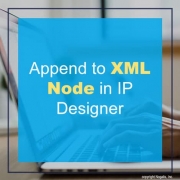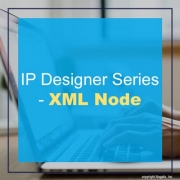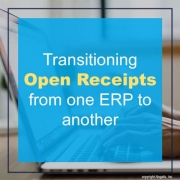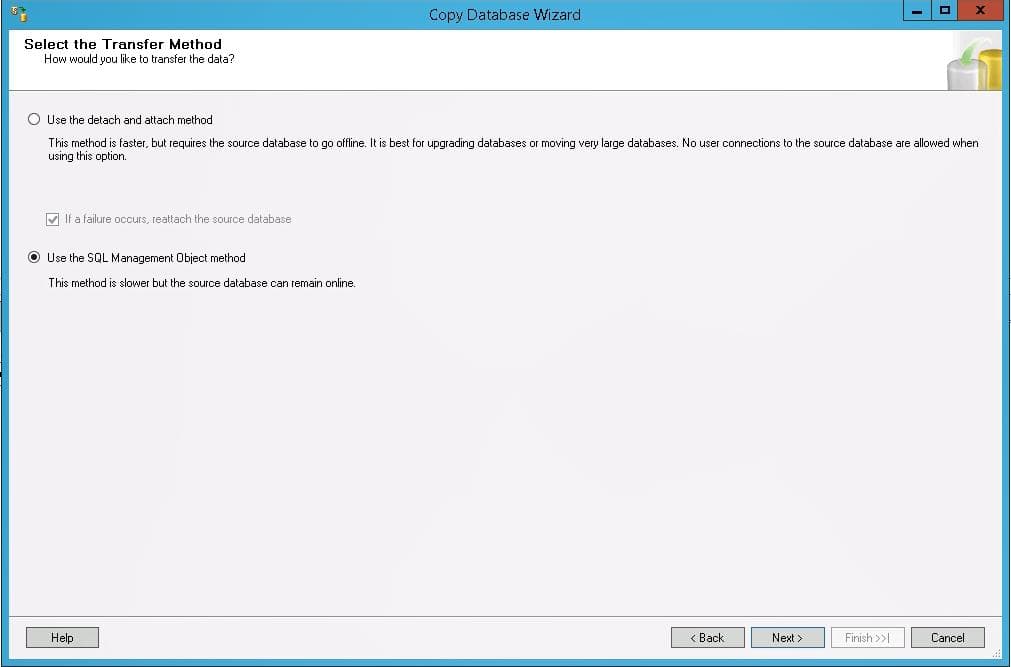BL vs. BR What are the major differences?
As a summary, BR allows for different billing options that are not only item – Quantity times Price to invoice.
BL allows for creating automatic recurring invoices by running a job that creates the invoices.
BR has jobs that will book the revenue recognition as defined for the contract
| Feature / Module |
BL
(Billing) |
BR
(Billing & Revenue Recognition) |
| Using IC for item tracking |
Y |
N |
| Can bill ad-hoc Items |
Y |
N |
| Can Set up Products for billing |
Y – in IC |
Y |
| Can you Print an Invoice to send to the customer |
Y |
Performa only |
| Interfaces to AR |
Y |
Y |
| Requires Activity Module |
N |
Y |
| Auto Create Revenue Recognition entries |
N |
Y |
| Uses Allocations to create Revenue Recognition Entries |
Y |
N |
| Has an Invoice Entry form that looks like an invoice |
Y |
N |
| Create Recurring Invoices |
Y for various intervals |
N |
| Cost Plus Billing |
Y – based on pricing |
Y |
| Pass Thru Billing |
Y |
Y |
| Time and Materials Billing |
Y |
Y |
| Units of Production Billing |
Y |
Y |
| User-Defined Billing |
Needs to have an item with Quantity times rate associated with invoiced lines |
Y |
| Milestone Billing |
Y- if there isn’t a system generated trigger for the milestone, any invoice item quantity*Price invoice can be created |
Y – needs to be triggered by something |
























